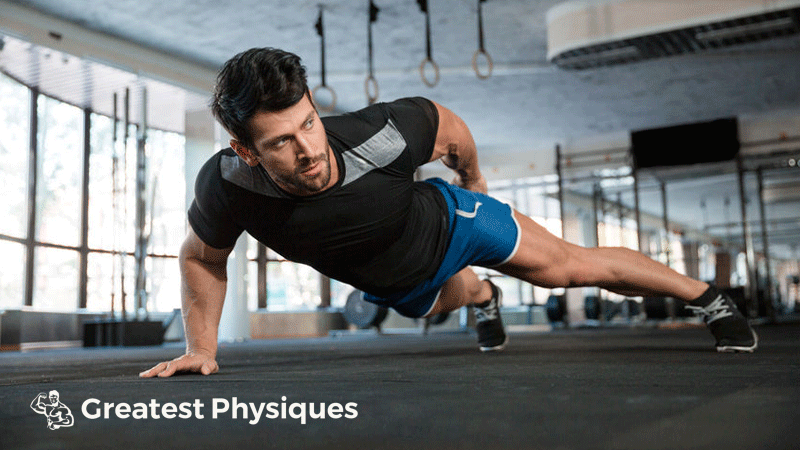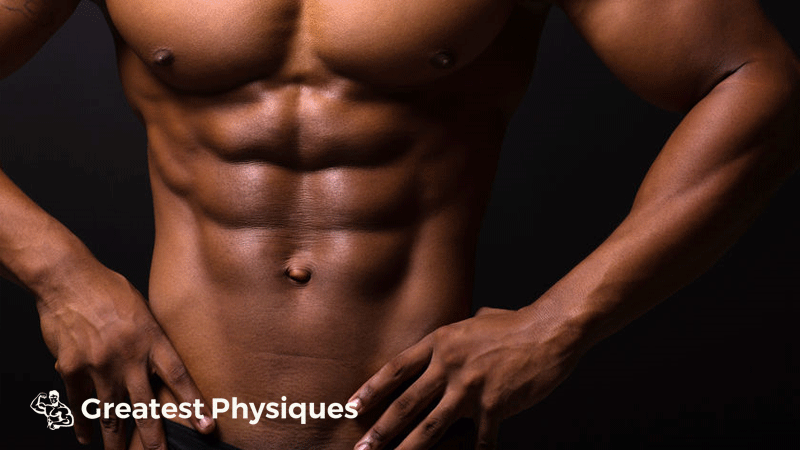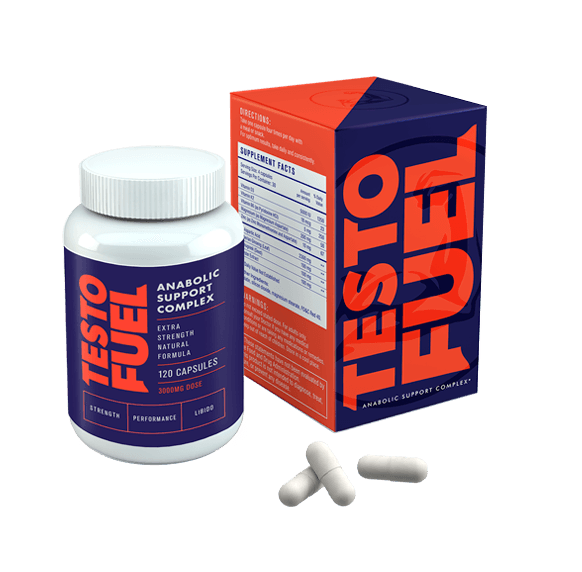
When it comes to stepping up your game and running head first into your fat loss and conditioning goals, it doesn’t get any better than high intensity resistance training – HIRT.
As one of the toughest, most challenging strength training workouts out there. But you’ll be sure to burn a ton of calories and ramp up your fitness to a level you never thought possible.
In this article we break down everything you need to know about HIRT – from definitions to the science behind it. We even add in some sample plans for you too.
Let’s get to it.
What is High Intensity Resistance Training?
You’ll have no doubt heard of high intensity interval training (HIIT)?
It’s the cardio method designed to maximize fat burning and fitness by splitting your workout into low and high intensity sections.
During a HIIT session, you would pedal at a near maximum speed on a bike for 20 seconds and then slow down to a crawl for 20 seconds in order to catch your breath and recovery.
By repeating this process for a pre-designated number of reps you’d find yourself decreasing body fat and elevating your cardio-respiratory fitness to near-athlete levels.
HIRT uses the same principles as HIIT.
The only difference is it uses strength training to get results, not cardio machines.
And let’s be right – not everyone is a fan of cardio.
Not only does HIRT give you all of the benefits of cardio-based interval training, it also helps you to build muscle at the same time as shredding fat.
For many, that’s the golden chalice of gym training.
How do you plan a high intensity resistance workout?
The beauty of this system is that it’s one of the most adaptable protocols out there. The only limiting factors are imagination and motivation.
There are a few guidelines you need to adhere to though in order to make sure you’re following the right workout. Stick to these and you’ll optimize results.
Plan a series of strength exercises:
The idea is to target as many large muscle groups as possible and focus on compound exercises rather than isolation ones.
It doesn’t really matter than much how many exercises you choose – but 5-8 is a good starting point.
Order your exercises to maximize blood flow:
There’s no room for a split training approach here – you need to follow strategy.
Switching exercise order between upper and lower body, or pushing and pulling exercises will guarantee an increase in blood flow, heart rate and calorie burn.
Go hard or go home:
To really maximize the strength effects of HIRT you need to lift heavy. Choosing weights that allow you to complete somewhere between 6 and 15 reps will really force your body to build more muscle.
Set a workout time frame:
Typically around 10 minutes, the idea is to complete as many exercises back-to-back in a set time period.
You might need to rest a little bit between each exercise as time passes, but try your best not to rest any longer than 30 seconds.
You should try to recover only once the buzzer has gone.

What Are the Benefits of HIRT?
We’ve known for years that working out at higher intensities can accelerate you toward your body composition goals.
As a time-efficient, million miles per hour strength workout, nothing comes close to HIRT for shredding fat, building muscle and ramping up fitness levels.
If you’re wanting to develop unrelenting cardio fitness while building some head turning muscle and six pack abs then this is the workout protocol for you.
It’ll even increase your calorie torching afterburn effect too.
When compared to steady-state cardio or traditional weight lifting programs, HIRT fills in all the gaps, providing you with a more holistic, total body transformation system.
And lastly, HIRT is a portable workout system too.
This means that you can perform it in the gym, at home, on holiday or even in the park with friends. It’s one of the most flexible sessions you’ll ever take part in.
Here’s what the science says about it…
HIRT workouts create higher post-workout energy expenditure
A study published in the Journal of Transational Medicine [1] found that HIRT significantly increased energy expenditure after the workout had finished compared to traditional weight training.
So not only doe it melt calories during the session; it continues to do so afterwards.
In the study, 17 trained men took part in a two separate workouts:
- HIRT – 7 total sets consisting of 6 reps and 20 second rest periods.
- Traditional weight training – 8 exercises consisting of 4 sets of 8-12 reps with 1-2 minutes rest.
After each workout, resting energy expenditure and respiratory ratio (a measure of carbon dioxide metabolism relative to oxygen consumption) were measured for a period of 22 hours.
When the stats were analyzed, the traditional workout caused just under 2,000 kcal of energy loss across the 22 hours. The HIRT session though had created over 2,360 kcal- a significantly higher amount for a shorter workout.
HIRT improves body composition and metabolic profile… and has better retention too
In a study of 35 older adults, high intensity resistance training was seen to produce better body composition when compared to standard weight lifting.
Not only that, HIRT also reduced basal insulin levels, cholesterol and other metabolic health markers. These are both important factors when it comes to fat loss.
Out of the 17 volunteers that were assigned to the traditional weightlifting group, 8 dropped out – a high amount for a simple workouts.
In the HIRT group of 16 people, only 4 failed to complete.
This showed that lifting weights using a higher-intensity method was not only superior for optimizing lean mass, but also much better for retention too.
HIRT Workouts
For a full on HIRT blast try these three 10 minute blocks. Remember, try not to rest until the 10 minutes is up, and when it is, rest no longer than 3 minutes to maximize the cardio and strength effect. That’s less than 40 minutes in total.
| Number | Exercise | Reps |
|---|---|---|
| A1 | Dumbbell bench press | 6-10 |
| A2 | Back squat | 6-10 |
| A3 | Pull-ups | 6-10 |
| A4 | Romanian deadlift | 6-10 |
| A5 | Military press | 6-10 |
| Number | Exercise | Reps |
|---|---|---|
| A1 | Body weight dips | 6-10 |
| A2 | KB Swings | 6-10 |
| A3 | Inverted row | 6-10 |
| A4 | BB Back lunges | 6-10 |
| A5 | Toes to bar | 6-10 |
| Number | Exercise | Reps |
|---|---|---|
| A1 | Clean and Press | 6-10 |
| A2 | Goblet squat | 6-10 |
| A3 | Push-ups | 6-10 |
| A4 | Jump lunges | 6-10 |
| A5 | Medicine ball slams | 6-10 |
References
- Paoli, A et al. High-Intensity Interval Resistance Training (HIRT) influences resting energy expenditure and respiratory ratio in non-dieting individuals. J Transl Med, 2012; 10: 237
-
Moro, T et al. High intensity interval resistance training (HIIRT) in older adults: Effects on body composition, strength, anabolic hormones and blood lipids. Exp Gerontology. 2017; 98: 91-98




Comments are closed